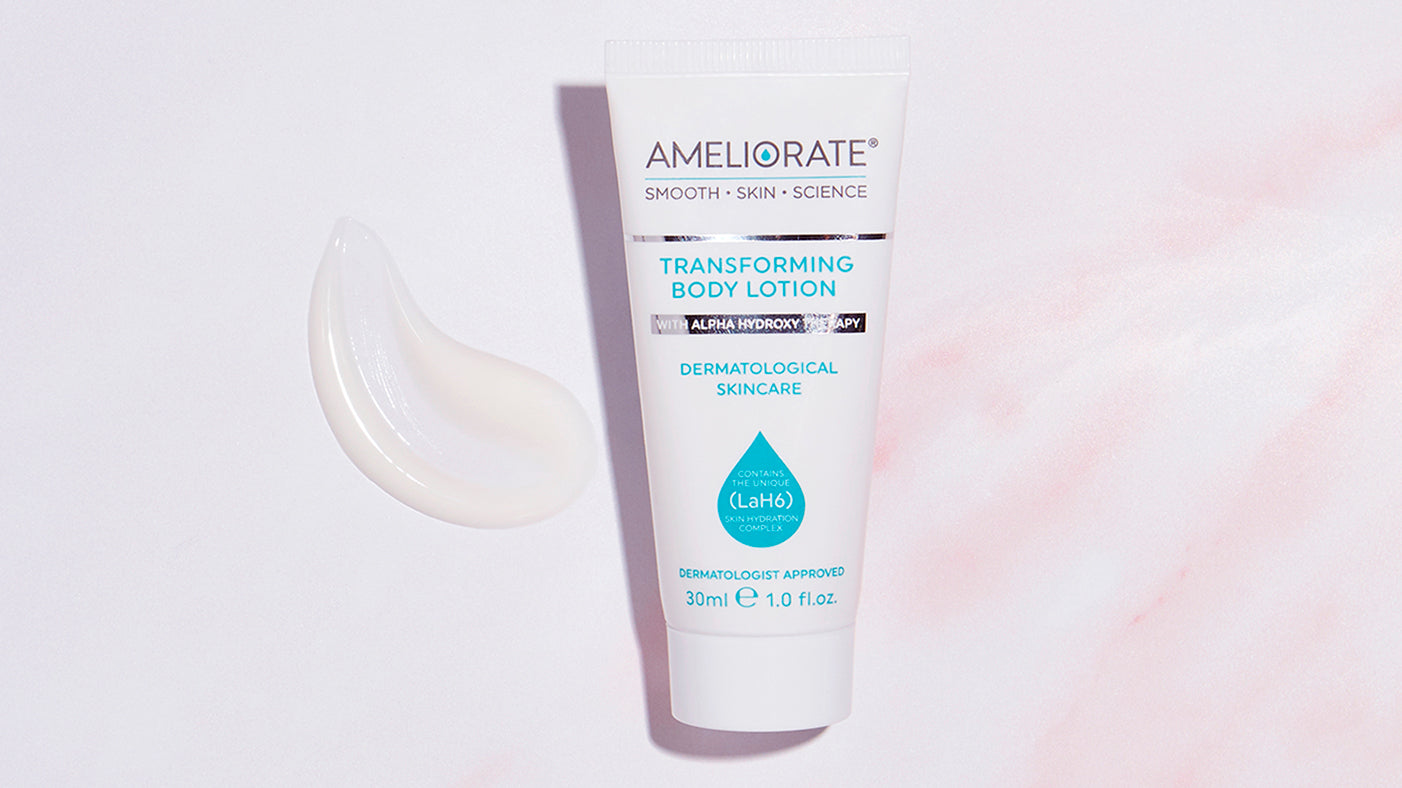What is keratosis pilaris and how can you get rid of bumpy ‘chicken skin’?


We don’t know about you but we’re keeping our limbs firmly snuggled under layers of knitwear until warmer weather arrives – but that doesn’t mean we shouldn’t still be paying attention to the skin on our bodies.
And if you’ve noticed dry, bumpy skin on your arms and legs, it may be a completely harmless but annoying condition called “keratosis pilaris” (it’s also sometimes known as “KP”, or “chicken skin” because of its freshly-plucked appearance).
Luckily there are steps you can take to improve the look and feel of your skin. Here’s how…
What does keratosis pilaris look like?
Tiny, painless bumps, most commonly occurring on the upper arms and legs. The skin may also feel especially dry, rough or itchy.
Keratosis pilaris is caused when hair follicles become blocked with keratin, a substance produced naturally in the skin. Experts aren’t quite sure why this can happen in some people and not others, but it’s thought that it could be hereditary (KP isn’t infectious so you can’t catch it off others). It may appear worse in winter months.
How do you get rid of Keratosis Pilaris?
Keep skin moisturised and gently exfoliated. One excellent product that performs both of these actions is Ameliorate Transforming Body Lotion. A long-time favourite with celebrities, beauty editors and skincare experts, it contains lactic acid plus hydrating ingredients to gently soften and smooth especially dry or rough skin (it also works wonders on ingrown hairs).
Fancy trying it out for a fraction of its usual price? You’ll get a travel size tube inside the latest Go Your Yourself OK! Beauty Box, along with four other incredible skin and body treats. The box is worth over £120 in total, but new subscribers can get their hands on it for just £4.95 (subscription cost is £15 a month thereafter).
What else can help with keratosis pilaris?
- Wash with a flannel or shower pouffe to gently exfoliate off dead skin cells.
- Wash using warm water rather than very hot water to avoid drying out the skin.
- Use a humidifier in the home to increase your skin’s moisture levels.
- Don’t scratch your skin, and avoid wearing uncomfortably tight or itchy clothing.
*If your skin ever feels red, inflamed and sore, consult your doctor.